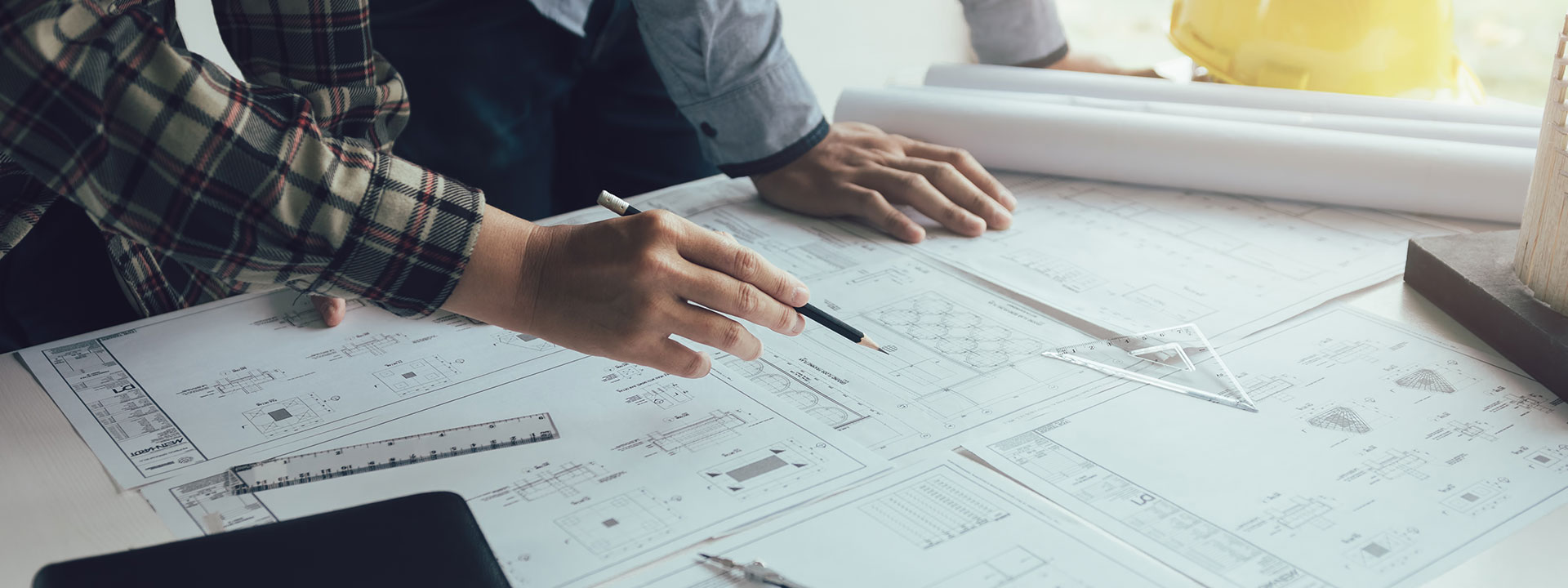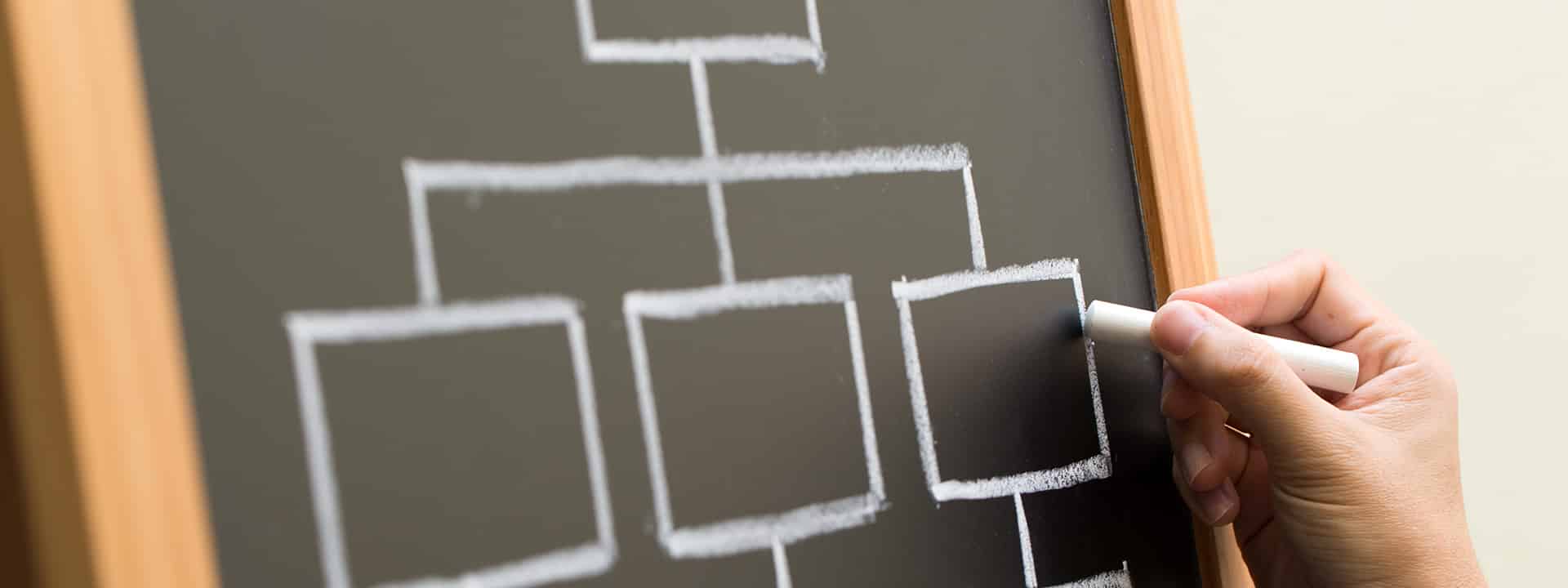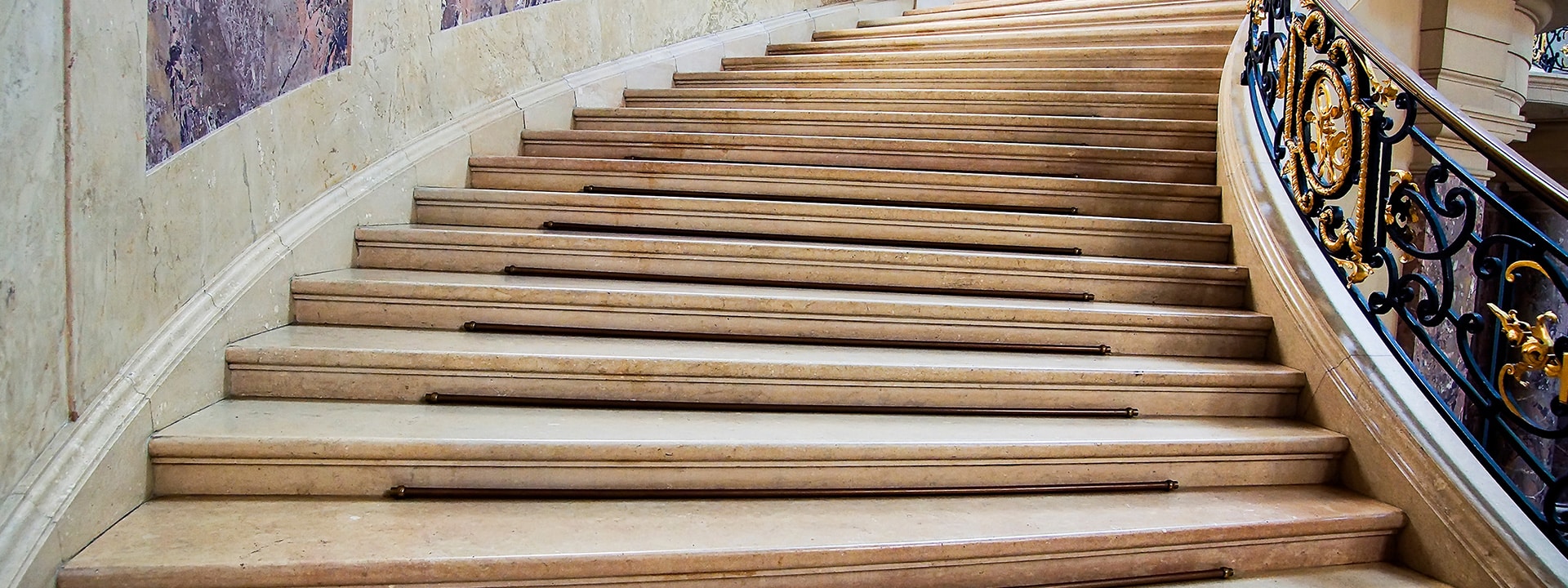The Art Gallery is a public place open to the public where original works of art, including plastic and photographic art, both contemporary and non-contemporary, created by artists, are exhibited and offered for sale. The gallery may own these works, which have been acquired from the artist or a third party before being displayed, or they may be received on consignment. The artist remains the owner of the artwork until it is sold. Any individual or legal entity engaged in the commercial exploitation of these artworks is considered a “distributor.”
A gallery’s activity presupposes compliance with certain accounting and tax specificities, which we master.
Houdart A&C offers services in accounting expertise and auditing, both in France and Monaco, to address the challenges of the profession and the art sector as a whole. Our knowledge of this business sector, particularly in terms of taxation, allows us to master the peculiarities and issues specific to galleries, briefly outlined below.
Houdart A&C’s technical expertise as chartered accountant and statutory auditors for art galleries
Whether your company is a gallery showcasing paintings, photographs, or visual art, whether physical or online, our expertise, the personal involvement of Houdart A&C partners, the technical skills of our team members, and our understanding of the challenges related to your business ensure responsiveness and quality of service.
We have a large number of clients with gallery-related activities (art galleries, auctioneers, designers, artists) in the fields of accounting expertise and auditing, not only in France but also in Monaco. Our multidisciplinary and technical approach enables us to provide you with a global service that addresses your concerns.
Characteristics of art galleries
The issues faced by galleries in terms of management
The main issues encountered in the management of art galleries are as follows:
- Inventory management in relation to cash-flow and available financing, and the distinction between works on deposit and acquired works.
- Valuation artworks in stock and monitoring of profit margins.
- Repayment of artist’s contributions to the URSSAF (French social security organization) for affiliated artists.
- Drafting contracts with artists that establish a clear method for determining the gallery’s and the artist’s share of profits in the sale of non-stored artworks, considering the variability of VAT taxation based on the buyer.
- Managing profit distribution or determining the counterpart with the artist in the case of financing the production of works by the gallery.
Our staff and partners, both chartered accountants and statutory auditors, support our clients on a daily basis and is available to help address any questions or concerns arising from the situations mentioned above. When the legal aspect of the issue is predominant, thanks to our network in the art field, we can connect them with lawyers capable of analyzing the situations from a legal perspective.
Regarding taxation, particularly VAT, the operations carried out by galleries also entail technical complexities outlined below, which require thorough knowledge. As an accountant and auditor for numerous stakeholders in the art industry, Houdart A&C has a deep understanding of these complexities.
The particularities of art gallery activity in terms of VAT and customs declarations
The VAT regime for art galleries
Reminder of the basic principles of VAT in the art market
The applicable VAT rate is determined on the basis of the nature of the transaction relating to the work of art. This is the reduced VAT rate of 5.5% pursuant to Article 278-0bis of the CGI or the reduced rate of 10% pursuant to Article 278 septies or 279 of the CGI.
The reduced VAT rate of 5.5% applies to deliveries of artworks carried out by an author or his assigns subject to VAT.
However, occasional deliveries of works of art by a company that has used them, when the purchase of the work has been subject to deductible VAT, are subject to the intermediate VAT rate of 10%.
Likewise, this intermediate rate applies to the assignment of copyright and the exploitation of its related rights (representation, reproduction, adaptation, and remuneration for copies, among others).
Article 278-0 bis of the CGI stipulates that VAT is also levied at the rate of 5.5% on the importation of artworks, antiquities, and collectibles, regardless of the importer’s status (trader, opaque intermediary, private individual, etc.).
Other transactions involving artworks fall under the standard rate of 20%. This generally includes the sale of artworks by art galleries or curators.
However, other regimes, applicable as of right or on option, are also possible. The expertise of Houdart A&C, as a chartered accountant or statutory auditor, in the field of taxation in the art world, allows you to assess the appropriate regimes for your situation and the transactions carried out.
VAT collected on actual margin
As artists are subject to a reduced VAT rate, as well as the importation of artworks, Article 297 B of the French Tax Code (CGI) stipulates that galleries and other taxable resellers can request to apply the margin regimes for deliveries of artworks, collectors’ items, or antiques which they have imported through intra-community acquisitions or acquisitions from the artist or his successors. The gallery then applies the VAT regime on the actual margin.
VAT collected on flat-rate margin
The supply of artworks can be subject to VAT under the flat-rate margin regime of 30% when it is not possible to accurately determine the purchase price paid by a taxable reseller to the seller or when this price is not significant, according to Article 297 A III of the CGI.
Indeed, galleries are often connected to artists through contracts that include, in addition to the exhibition and sale of their artworks, the coverage of certain expenses or the implementation of promotional activities. It should be noted that the promotion of artworks and an artist may also concern an artist who is no longer alive.
However, all these expenses indirectly contribute to the cost price of the artworks for the gallery, making it difficult to determine precisely. The flat-rate margin VAT regime of 30% may then be applicable in such cases.
Flat-rate tax
The flat-rate tax on capital gains for individuals (and non-taxable associations) applies to the sales of precious metals, valuable goods, and works of art. Sales of goods with a selling price below €5,000 or transfers to museums are exempt.
The transfers or exports of precious metals, jewelry, works of art, collectors’ items, or antiques are exempt from the tax when the seller or exporter does not have their tax domicile in France.
For works of art, collectors’ items or antiques, the tax rate is set at 6% of the sale price, plus 0.5% for the CRDS, i.e. 6.5%.
The I of Article 150 VK of the CGI provides that the tax is borne by the seller or exporter. However, where an intermediary domiciled in France participates in the transaction or, in the absence of an intermediary, when the purchaser is a VAT-registered person established in France, the tax must be remitted by that intermediary or purchaser.
Galleries acting as intermediaries in a transaction involving a work of art or collector’s item may therefore be concerned by this obligation..
A similar tax was introduced in Monaco in 1977, but it applies only to precious metals and not to works of art.
Temporary importation regime for artworks, antiques, or collector’s item
Temporary importation allows artworks to enter French territory while suspending the duties and taxes that would normally apply to such imports.
The importer must apply for temporary admission in advance, and provide security for the amount of duties and taxes due on importation.
Temporary admission can only be granted for a period of 6 months, renewable for up to two years from its registration with customs.
The imported work must be located at the address declared when applying for temporary admission. Any movement of the artwork is subject to authorization from customs.
Artworks under the temporary importation regime must regularize their status by either being re-exported or permanently imported before the expiration of the allowed period.
Useful Links
- Professional Committee of Art Galleries: https://www.comitedesgaleriesdart.com/
- Syndicat National des Antiquaires : https://www.sna-france.com/fr/sna
Frequently Asked Questions about Art Galleries
How to determine VAT under the flat-rate margin scheme?
The flat-rate margin of 30% represents the margin on which VAT is applied, and it is equal to 30% of the artwork’s tax-exclusive sale price. When the artwork is subject to VAT on the margin, the agreed sale price is inclusive of VAT. To determine the taxable base, the tax-exclusive price must first be calculated by applying a conversion coefficient of 0.943 for the standard VAT rate.
For example, for a sale price of €1,000 including VAT:
Calculation of the tax-exclusive price: 1000 x 0.943 = €943.
Taxable base: €943 x 30% = €283.
Corresponding VAT: €283 x 20% = €57.
Do we need to declare an artwork at customs if it is intended to be sold at a fair held in a non-European Union country?
If the artwork is not classified as a national treasure, it can be exported for exhibition or potential sale. However, if it is a cultural item with historical, artistic, or archaeological interest, of certain age or value, its exportation is subject to prior authorization. For example, an watercolor, gouache, or pastel artwork that is over 50 years old and valued at over €50,000 is subject to this requirement.
What is temporary importation of artwork, antiquities, or collector’s items?
Temporary importation (or temporary admission) of artwork allows it to enter French territory while suspending the duties and taxes that would normally apply to this importation. This regime is granted for a period of 6 months, renewable for up to 2 years, after which the status of the artwork must be regularized by either re-exporting it or importing it permanently.
Is the importation of artwork subject to customs duties?
There are specific customs and tax measures for the importation of artwork, antiquities, or collectors’ items. Importation of products classified under Chapter 97 of the customs tariff, such as “works of art, collectors’ items, or antiques,” is exempt from customs duties. However, these imports are subject to import VAT at the reduced rate of 5.5%.
Certain organizations, such as museums, may benefit from an exemption from import VAT.
Which collective agreement applies to art gallery activities?
The national collective agreement for non-food retail: antiques, brocante, art galleries (works of art), tableware, cutlery, drugstore, household equipment, bazaars, household goods, model making, games, toys, childcare and leather goods (IDCC no. 1517) applies to all employees working for an art gallery.
Why choose a chartered accountant or statutory auditor with art gallery expertise?
Whether you are a contemporary, modern, or ancient painting gallery, a gallery of plastic works, photography, sculptures, or drawings, your goal is to fully and peacefully dedicate yourself to the search for future talents and creative products that the market does not currently value doesn’t value as highly as they will tomorrow. However, the art market is complex in terms of accounting, legal matters, and especially taxation, particularly VAT. An accountant who thoroughly understands these specificities is essential to avoid any risks and provide you with expert advice in your daily management. A statutory auditor specialized in the art market will bring their technical expertise during risk-based audit procedures, going beyond the certification of financial statements.







